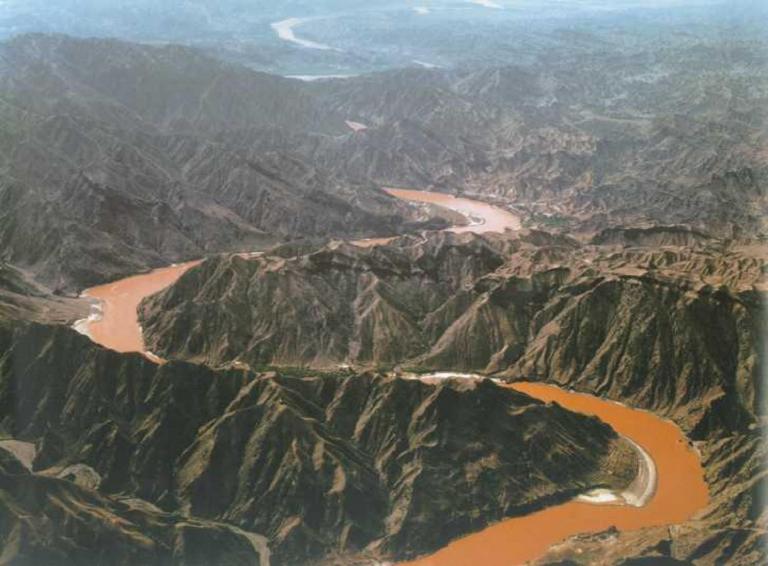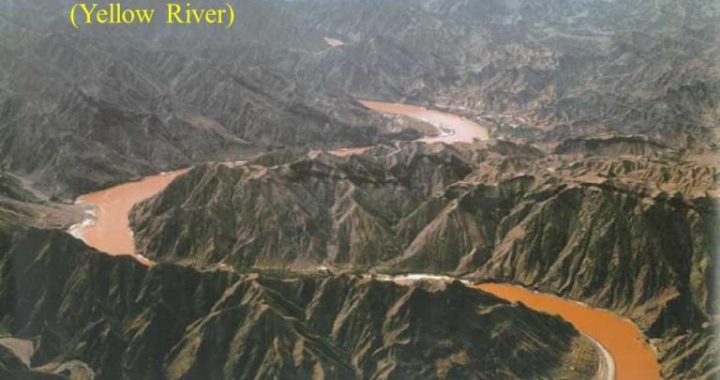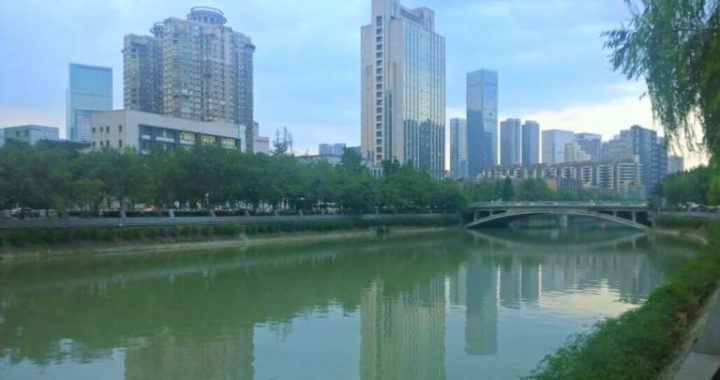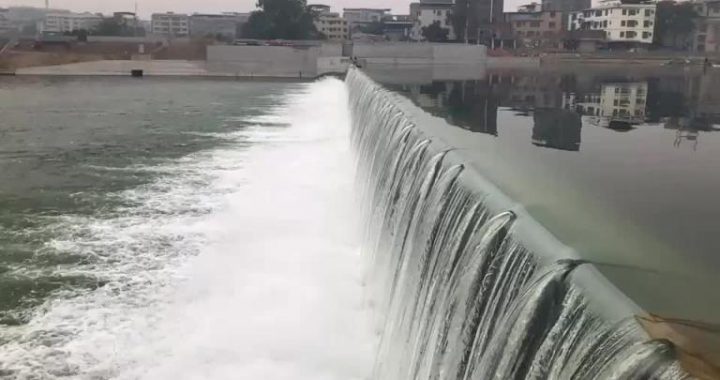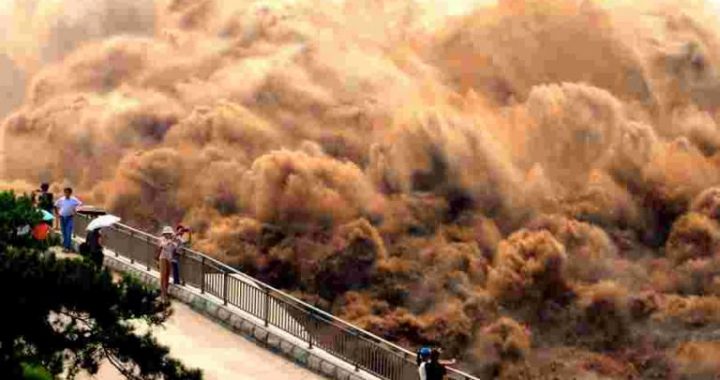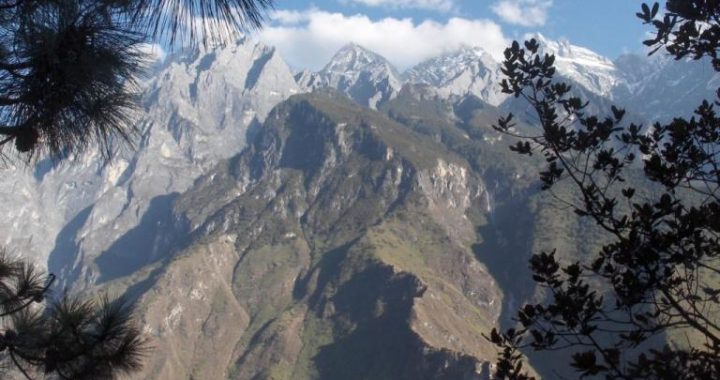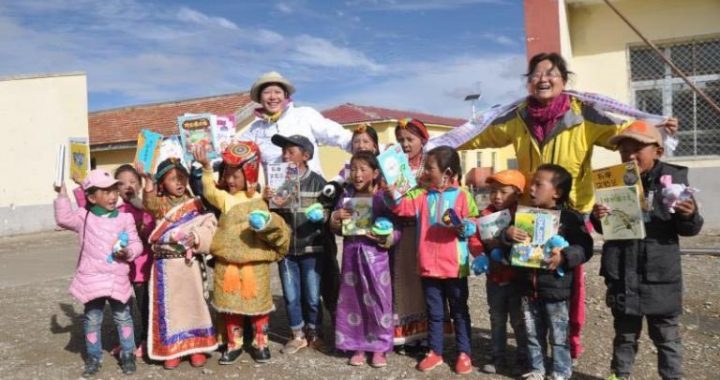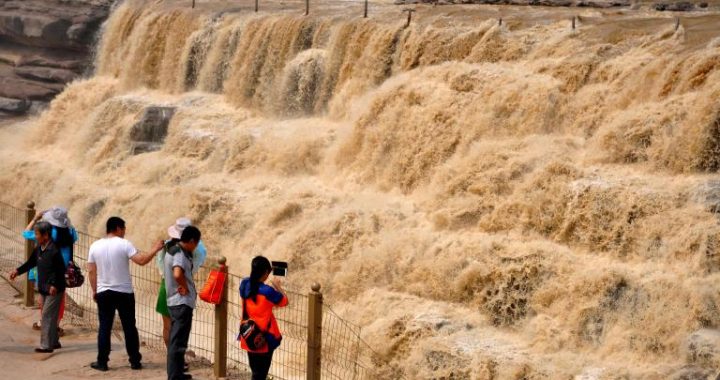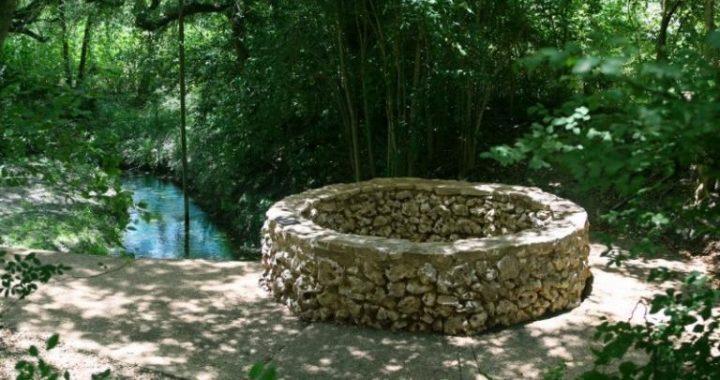Land Reclamation Caused Boundless Loess
3 min readThe Loess Plateau of China is the largest loess area in the world, and large areas of loess distribution make the earth of this region loose and have good air permeability, which is good for the growing of plants. When the plateau was just formed, there were also large stretches of forests and grasslands, with a high rateof vegetation coverage. Therefore the natural conditions on most part of the Loess Plateau were suitable for the development of farming and stockbreeding. In the history, this area also alternated with farming and stock-raising, only with slightly different focuses in different times. Compared to farming, stockbreeding did less damage to the natural vegetation, therefore, when stockbreeding predominated in the regional development, the damage it inflicted on the plateau vegetation was much less than farming.
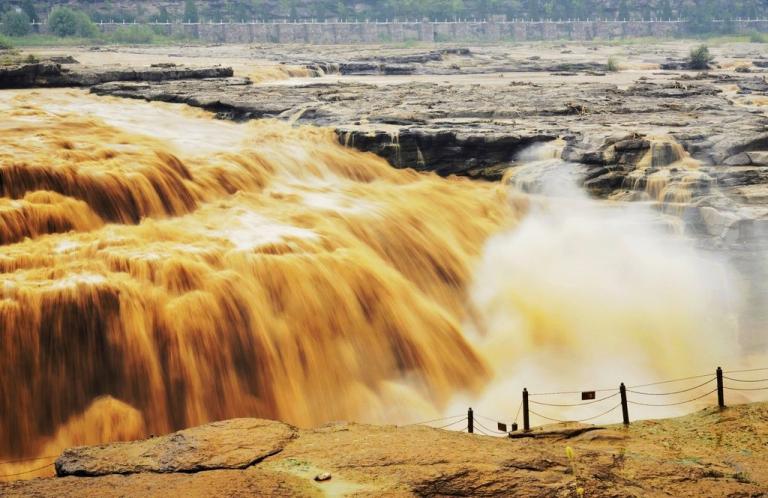
However, with more and more people appearing at the border of forests and grasslands for exploitation, the green balance on the plateau was broken. These people fe11l trees to plant crops which speeded up the disappearance of the vegetation on the plateau.
In the Warring States Periods (475 BC-221 BC) of China, almost all the Loess Plateau areas alongside the Shanxi and Shaanxi valleys, including the upper reaches of Jinghe River, Weihe River and Luohe River, were belong to pasturage area, and besides herding some domestic stocks, hunting also occupied an important position.
The comparatively primitive mode of production did very limited damage to the vegetation and the plateau roughly kept the most primitive vegetation structure.
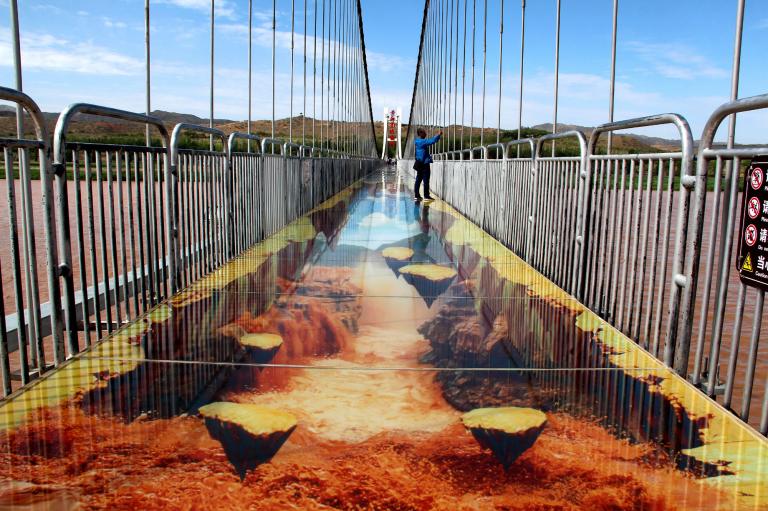
Till the Qin dynasty (221 BC-206 BC) and the Han dynasty(206 BC-220 AD), the soil conditions here changed a lot. In order to strengthen their control on the border areas, the Qin and Han Dynasties that unified the whole country carried ou by force two migration policies-strengthen the population in Guanzhong area and guard the cities in the border area, which exerts profound influence to the laterreign. To strengthen the population in Guanzhong area was to move people from the densely populated area to Guanzhong area near the capital. The increase of population near the capital could promote the development of agriculture, commerce and handicraft industry, and also increase the source of soldiers; therefore it would be favorable in increasing the population near the capital, protecting the capital and cementing the reign. To guard the cities in the border area was to move the abundant population of certain areas to the border area of the country; these people could exploit lands and grow grains in peace time and support the front line and guard the border area once wars broke out.
The residents who migrated to the Loess Plateau were mostly engaged in farming originally in the central areas, and they still embarked on farming after they moved to the plateau. However, because of the features of agricultural production, the farming also inflicted great change on the natural environment. With the gradual increase of population on the Loess Plateau, in order to meet the needs of larger population, more and more forests were felled, more and more grasslands were damaged, and the green wild field disappeared rapidly, with bare loess on the surface of the earth and soil eroding away quite seriously.
After the Five Dynasties (907-960), the farming area that was opened up on the Loess Plateau further increased, especially in the Song dynasty (960-1279) which implemented the policy that the officers and soldiers resided in the border area also had to take part in the agricultural production, hence accelerated the disappearing of the natural vegetation on the Loess Plateau. The Jin dynasty(1115-1234) and the Yuan dynasty(1206-1368) advocated stockbreeding very much since theywere the minority regime heavily engaged in stockbreeding, therefore the scale of the agricultural economy on the Loess Plateau shrank somehow and the pasturing area developed. However, the whole Loess Plateau overall remained as the cultivated farmlands since the Northern Song dynasty (960-1127). In spite of that, the stockbreeding-encouraging policy still took some effect in slowing down the soilerosion on the Loess Plateau.
Till the Ming dynasty (1368-1644) and the Qing dynasty (1616-1911), the land reclamation on the Loess Plateau was further enhanced. Except a small part of woodland in the hilly area, most part of the natural vegetation on the plateau was replaced by farmlands. Green field disappeared completely and the scene on the Loess Plateau changed completely.
